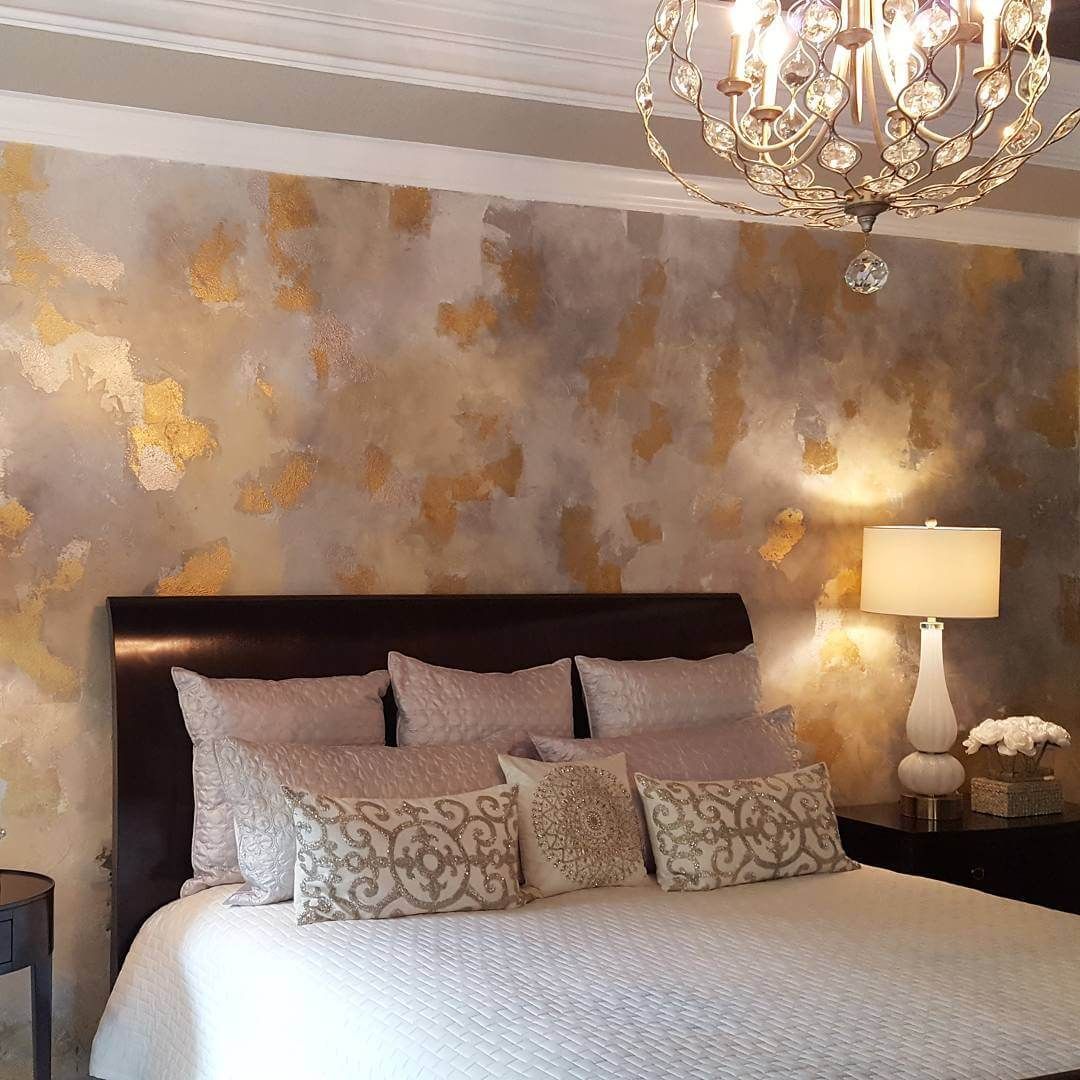How To Paint A Room With Wallpaper
Adding wallpaper to a room can be both a functional and decorative way to upgrade the look of your space. It can also be a daunting task, leaving many wondering where to start. But with the right steps and materials, painting a room with wallpaper is easier than you think. Do you want to know How To Paint A Room With Wallpaper In this article, we’ll cover all the basics of how to prepare for and execute the perfect wallpaper-painted room.
Benefits of Wallpaper
Wallpaper is an ideal choice for adding personality to a room. Wallpaper can be used in any space, from bedrooms to bathrooms and living rooms. There are many benefits associated with using wallpaper in home decorating projects.
One of the main advantages of wallpaper is its ability to create a unique look without having to paint the entire room. Wallpaper can be hung on one wall or all walls, depending on the desired effect. Wallpaper patterns come in a variety of colors and styles making it easy to find something that fits your style and budget. It also helps cover up imperfections that may exist in walls such as dented plaster or uneven surfaces.
Another benefit of wallpaper is its durability compared to paint which may need regular touch-ups due to fading or dirt accumulation over time. Wallpapers are designed specifically for use in high-traffic areas and they will last longer than standard paints which makes them great for busy households or those with children or pets who have a tendency to make messes. In addition, installation is relatively simple compared to painting, so even novice DIYers will feel comfortable taking on this project themselves. You can visit homedrywallandconstruction.com to learn more.
Materials Needed
For wallpaper painting, there are several materials you need to have handy. First and foremost, you need your chosen wallpaper. This should be measured and cut to fit the room before beginning the project. You will also need wallpaper paste, a pasting table or tablecloth, scissors, a pencil for marking measurements on the paper, a ruler for measuring out cuts in the paper, a damp sponge for wiping away excess paste from the walls as well as cleaning up any messes made during the installation process. Additionally, you may want to have an extra roll of paper in case of mistakes or misalignments when installing further down the wall. Lastly, it is important that you have plenty of drop cloths and tarps on hand to cover any furniture or flooring that could be damaged by splashes of paste or glue while installing your wallpaper.
Prep the Room
Before beginning the wallpaper application process, it is important to prep the room. Start by removing any furniture and décor that can be taken out of the room. To ensure a smooth finish and no air bubbles, it is important to even out any bumps in the wall. If necessary, use spackling paste and sandpaper to fill in any cracks or holes in the wall. Be sure to clean off dust and debris from these areas before applying wallpaper adhesive. Finally, make sure that all walls are primed with paints or sealers so that they are ready for the paper application. When prepping the room for wallpaper application, take your time and make sure everything is done correctly – this will save you time when actually applying paper onto walls!
Measure and Cut Paper
Measuring and cutting wallpaper to fit a room is essential for achieving a perfect paint job. To measure the length of each wall, it is best to use a long measuring tape and start from the ceiling, keeping the tape taut against the wall. If there are windows or door frames that will be covered in wallpaper, make sure to account for these when taking your measurements. Afterward, mark each measurement on the paper with a pencil or marker so you know where it needs to be cut. When it’s time to cut, it’s best to use an X-Acto knife with a fresh blade and an appropriate cutting surface such as tempered glass or thick cardboard. Make sure you draw out all cuts before slicing them into the paper, as mistakes can be costly if you need another roll of wallpaper. After all, the pieces are cut and ready for installation, hang them one by one according to your measurements and enjoy your new look. Here you can get expert advice for more appropriate applications of wallpapers.
Hang the Wallpaper
Once you’ve selected the wallpaper and purchased it, it’s time to hang it. The first step is to prepare the wall by removing any old wallpaper, sanding down the wall, patching holes or cracks and cleaning away any dirt or dust. Once that’s done, use a leveler to make sure your lines are straight and mark out a plumb line with your pencil so you know where your first strip of paper will go. Measure out enough wallpaper for each strip – which should be no more than 2-3 inches wider than the width of the wall – and cut accordingly.
Using paste with a brush or roller, apply glue along each edge of your strips before carefully placing them on the wall using even pressure so they don’t wrinkle or bubble. Use a plastic smoother to gently rub over each section of the paper as you go along until it lays flat against the wall. To finish off, once everything is in place trim off any excess around windowsills and door frames using an X-Acto knife or scissors.
Trim Excess Paper
Once the wallpaper has been hung, it is important to trim any excess paper. To do this, use a sharp utility knife and straight-edge ruler to cut away any excess material along the edges of the walls. Carefully follow along the wall’s edges, making sure not to damage the wallpaper itself. If necessary, use a level to make sure your lines are straight. Additionally, use scissors or a craft knife to trim around corners and outlets. Finally, caulk any gaps between strips of wallpaper and around baseboards for a neat finished look.
For more info click https://click42.com/.
Clean Up and Enjoy!
Once the wallpaper is in place, it’s time to clean up. Start by removing any leftover paste or residue from the walls with a damp cloth. Be sure to rinse out the cloth regularly to avoid streaks and smudges. If you are using a paste activator solution, use a sponge or brush with this product as well and wipe off any excess left behind. Once all of the wallpaper paste has been removed, take a few minutes to inspect your handiwork for any missed spots or areas that need some extra attention.
The next step is to enjoy your new room! Take some time to appreciate how much work you put into this project and bask in its magnificence! Invest in some new decorations or furniture pieces that will match your freshly painted room and make it look even more stunning. Or if you’d prefer, just sit back, relax and admire all of your hard work yourself!
Conclusion
Once the wallpaper is complete, take a step back and admire your hard work. The room should have a completely different look from before with the wallpaper adding a unique touch of style and personality to your space. Make sure to store any leftover rolls in case patching up is ever needed in the future. If you are satisfied with the results, it’s time to start decorating and accessorizing to make it truly yours. Think about things like curtains, plants, furniture or artwork that could bring out more of the wallpaper’s design and colors. Remember to check for any gaps between the edge of the paper and the skirting boards as these can detract from your new look. If everything looks good, all that’s left is finding those finishing touches! Enjoy your new look!


Post Comment